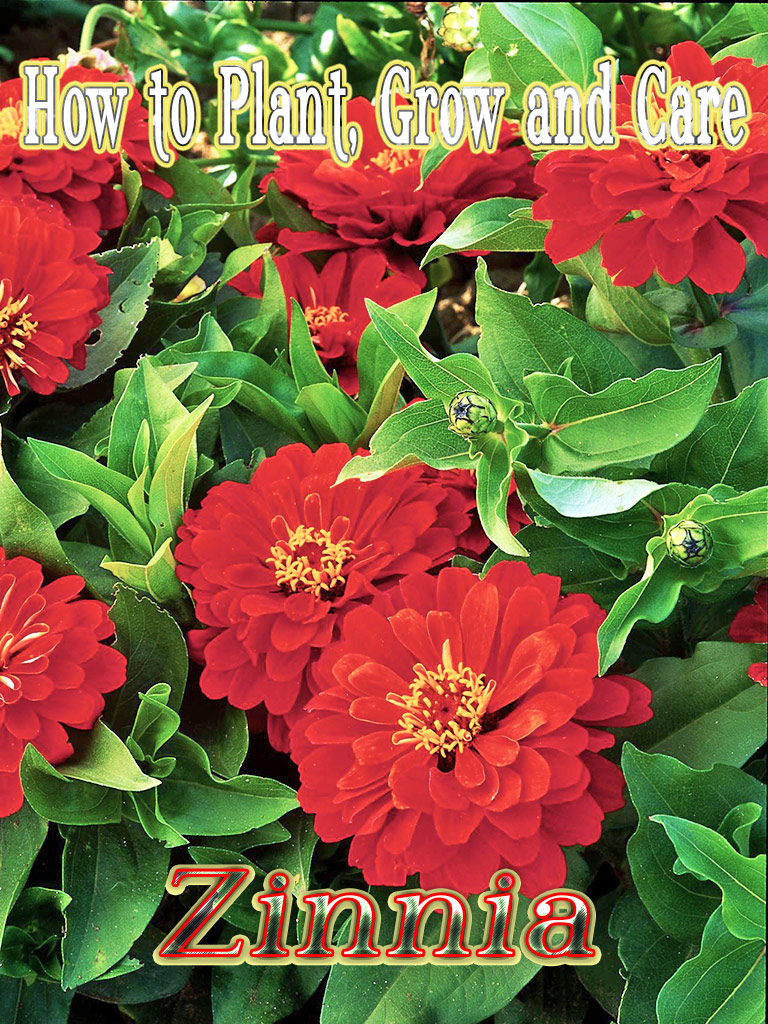
Scientific Classification
Kingdom: Plantae
(unranked): Angiosperms
(unranked): Eudicots
(unranked): Asterids
Order: Asterales
Family: Asteraceae
Subfamily: Asteroideae
Tribe: Heliantheae
Genus: Zinnia L
Type species : Zinnia peruviana L
Zinnia is a genus of 20 varieties of perennial and annual plants belonging to the Asteraceae group. They are inhabitants of arid lowlands and brushwood in the lands extending from the southwest of the United States to the South of America and in varieties centralized in Mexico. The plants in this group are important for their single long-stemmed flowers that bloom in different shades of brilliant colors. The name is in honor of the German botanist Johann Gottfried Zinn (1727-59). Many people associate the symbolism of goodness, lasting affection, constancy, and daily remembrance with zinnia.

Zinnia Anatomy
Zinnias are annual flowering plants, growing to heights of 6 to 36 inches, varying in length based on the cultivar. You can grow beautiful zinnias up to three feet in height and they call this variety as “dahlia-flowered,” while the other type they call “cactus-flowered.” The shorter varieties of zinnia flowers that are ideal for edge plantation and for potting. The taller ones are right for use as assorted boundaries or as cut flowers. Based on the cultivar, you can see zinnias as either single, double or semi-double blooms in either a single color or double color.
Preparation for planting
Warm climate encourages zinnias to sprout and grow with ease. To start an indoor planting early in a cold climate, you can start by planting zinnia seeds indoors (about four to five weeks prior to the previous frost date in spring). Sow zinnia seeds to a depth of ½ inch and separate them by 3 inches in a seed pot of moist, but not waterlogged seed starting mix. Maintain the soil moist and warm. Every 10 days, fertilize the soil with half strength liquid fertilizer and make available a bright source of light until you find the seedlings ready to plant outside, especially when you have spring temperatures remaining at around 50 F round the clock. You can now plant these seeds outside.
Placement and watering
Once you approve the placement, take the plants out of the pots and place them in the original mix where they were growing. In the absence of rain, water frequently. Despite zinnias favoring hot environment and originally hailing from dry regions, they need moisture. In scorching heat and dry weather, water the zinnia plants twice daily. Do not sprinkle water on the foliage, instead water at the base of the plants.
Planting
- Zinnias grow very fast under favorable conditions. Zinnias grow from seeds, they do not prefer transplantation.
- This flower prefers total sunlight with a daylight temperature of minimum 60 degrees F.
- The Zinnias adapt well to most soil conditions but they prefer a humus-rich, fertile and properly drained soil of pH value 5.5 to 7.5.
- If the soil shows improvement with the compost, then the flowers grow rapidly.
- Sow the seeds to a depth of ¼ inch.
- According to the variety, separate the plants 4 to 24 inches apart. (You can space most of the general types at 6 inches within the rows and 2 feet between rows.) You can find the instructions are at the rear of the packet.
- From 5 to 76 days, the seeds germinate at a temperature of 74 to 80 F.
- Sow the seeds in a pre-determined sequence to view a longer flowering period.
Flowering Period
From summer till frost the zinnia blooms in vibrant colors. Some people enjoy growing them from seeds to attract butterflies and birds to your garden. In the earlier days, zinnia was the yearly flowering plants that propagated magnificent colors all over the garden and for use as cut flowers, but it is not so today. After-Bloom Care Once blooming is over, cut and remove the zinnias.
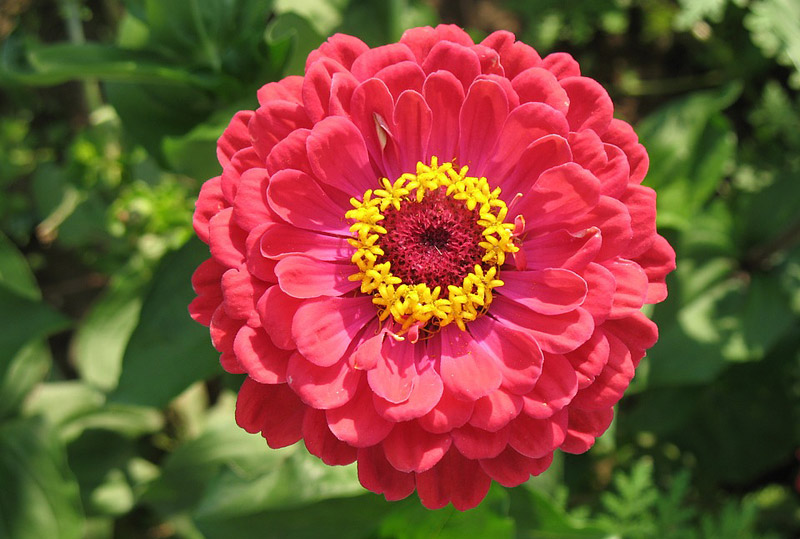
As Cut Flowers
You have many other garden flowers both fresh and dried that are as great as zinnia that you can use as cut flowers for decorations. On valid grounds, people consider zinnias as “cut and come again” flowers. Cut a flower stem above two leaves and, within days, in its place, you will see two new stems bearing flower buds.


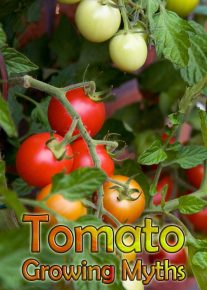
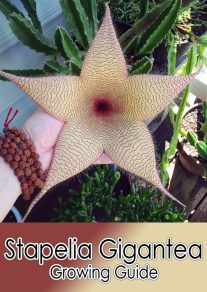
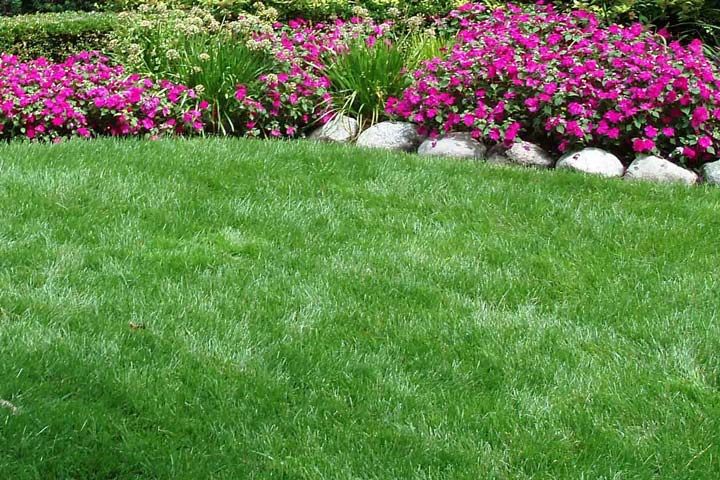
Leave a Reply